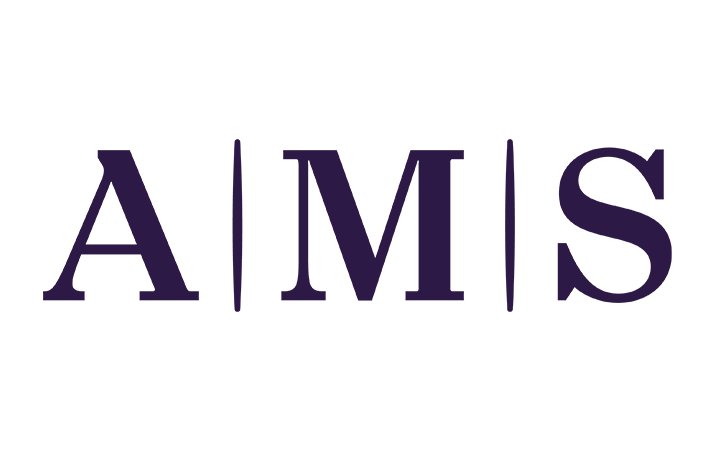The rise of branded direct sourcing
It’s undeniable that the workforce is changing and will continue to. It’s not a subtle shift either, but rather one that’s quickening as employers anticipate the future and take steps to move their business forward. Just a few years ago, companies were focused on managing generational differences and increased competition for qualified talent. Now, employers are navigating unforeseen challenges and looking for ways to do more with less.
According to Deloitte Insights, in 2018, more than 40% of US workers were employed in “alternative work arrangements,” be that contingent, part-time or gig work. That percentage was rising steadily, up 36% since 2013 and included workers of all ages and skill levels. Knowing this “dynamic talent ecosystem” is here to stay, employers need to reconsider not only how they attract, engage and retain workers, but also how different categories of talent support the organization in the long run.
Sourcing is a critical step in this process, and one that likewise continues to evolve. With traditional “just-in-time” recruiting no longer fit for today’s purpose, the need for a more direct approach, with organizations curating and engaging communities of workers that allow the business to stay nimble and prepared has emerged.
Direct sourcing, or now referred to as branded direct sourcing, for contingent labor isn’t a new concept; it’s been popular in the UK and Europe for more than 20 years. Still, there is no official dictionary definition, just a few things are certain: branded direct sourcing leverages an organization’s brand to engage talent pools and place workers on a contingent basis as needed while building brand loyalty.
Aptitude Research makes the point that “sourcing needs to be insights-driven and enabled through platforms that incorporate intelligence to help automate candidate identification and the assessment of suitability to a role.”
Branded direct sourcing aims to remove siloes and, as such, requires a purposefully designed strategy to ensure seamless delivery every step of the way. By adopting an “always-on” approach, organizations continually source candidates to create a viable pipeline of engaged workers, ready at a moment’s notice for their next gig. Rather than the usual disconnect after an assignment, branded direct sourcing reinforces the organization’s talent infrastructure, helping identify former contractors, employees turned alumni as well as new applicants with the ideal blend of skills and experience. Talent teams can then work to nurture workers through ongoing communication and job matching, improving time-to-fill and time-to-productivity along the way.
The benefits of branded direct sourcing are plenty. From the initial workforce evaluation to the continued development of high performing talent, a branded direct sourcing strategy emphasizes value to the organization and demands that workers receive the same in return. It takes a fragmented and decentralized process and turns it into a competitive advantage while helping transform the organization into an “employer of choice” for all categories of workers. Over time, the organization’s talent market breadth of knowledge deepens as the resource pipeline develops and stays engaged, helping to fill gaps and create flexibility and scalability to meet business requirements. There is a significant budgetary benefit to a branded sourcing strategy as well, something that will take on more focus and importance over the coming months, helping companies save funds versus staffing companies and by engaging contingent workers repeatedly, rather than having to start the search over again. McKinsey advises companies to focus on the 5% who deliver 95% of the value, noting that superior talent can be up to eight times more productive than their counterparts – with no bearing from employment status.
With a branded direct sourcing strategy in place, the employer becomes equipped to handle the changing workforce, shifting with market fluctuations and adapting as workers cycle in and out, as well as creating a substantial business case – no matter the circumstances.
Originally posted 15 August 2020 in SIA Staffing Stream
More articles
Building a Robust AI Governance Capability at AMS
AMS builds a robust AI governance framework, focusing on ethics, compliance, risk management, and training, ensuring responsible AI development and deployment. is and explore its benefits, from flexibility and cost savings to access to specialized skills.
AMS launches Ethical AI in Talent Board
AMS launches Ethical AI in Talent Board to ensure fair, unbiased AI use in recruitment. Experts will guide ethical AI adoption across the talent lifecycle.
The road to a skills-based future
Learn how to reframe talent for the future. Don’t miss the opportunity to unlock organizational potential and meet tomorrow’s challenges, starting now.

Start your journey to True Workforce Dexterity.
Discover how we can help you build, re-shape and optimise your workforce.
Talk to us






